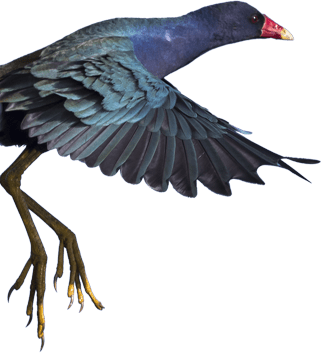The Everglades is the most extensive subtropical wetland ecosystem in North America. As it is often called, the River of Grass is a must-see destination. This immense subtropical wetland is one of the most beautiful places on Earth. It is home to the largest coastal mangroves, sawgrass marshes, freshwater ponds, prairies, forests, and pine flatwoods that support rich plant life and wildlife communities.One of the best ways to experience the Florida Everglades is on an airboat tour where professional tour guides that are familiar with the area will take you through this wonderland on an exciting and never-to-be-forgotten tour.
The Everglades span over 1.5 million acres – 1,508,538 acres, to be exact! It is home to 36 threatened or endangered species, including the Florida panther and American crocodile, and is the only place on the planet where crocodiles and alligators coexist. It is also home to approximately 350 species of birds and 300 species of both fresh and saltwater fish.
Rivers of sawgrass plants (known for their razor-sharp blades) fill the waterways with grass up to 6 feet tall! Some of the animals you may encounter in the Everglades include the Coral snake, with its wide red and black rings separated by narrow yellow rings which circle its body. On average, the coral snake will grow to about 3ft, but some can grow to around 5ft in length.
If you look up above, you may see the Snail Kite. This fantastic bird is one of the best raptors globally, with its curved, off-center bill, which it uses to extract apple snails from their shells. Unfortunately, the Snail Kite is on the endangered species list and is now mainly spotted around Lake Okeechobee. You may also be lucky enough to encounter the “West Indian Manatee,” these gentle giants, or sea cows, spend most of their day grazing on marine grasses and other aquatic plants.
The Everglades is also home to various plants, of which the sawgrass, mangroves, and orchids are the most common, but that doesn’t mean the others are less important. Other exciting varieties include wildflowers, cypress trees, pond apple trees, and mahogany trees.
Conclusion
The Everglades is unique! And is the largest remaining subtropical wilderness in the United States, spanning 1.5 million acres, home to 36 threatened or endangered species and rare and exotic wildlife. With saw grass marshes, mangrove forests, freshwater ponds, prairies, forests, and pine flatwoods!





